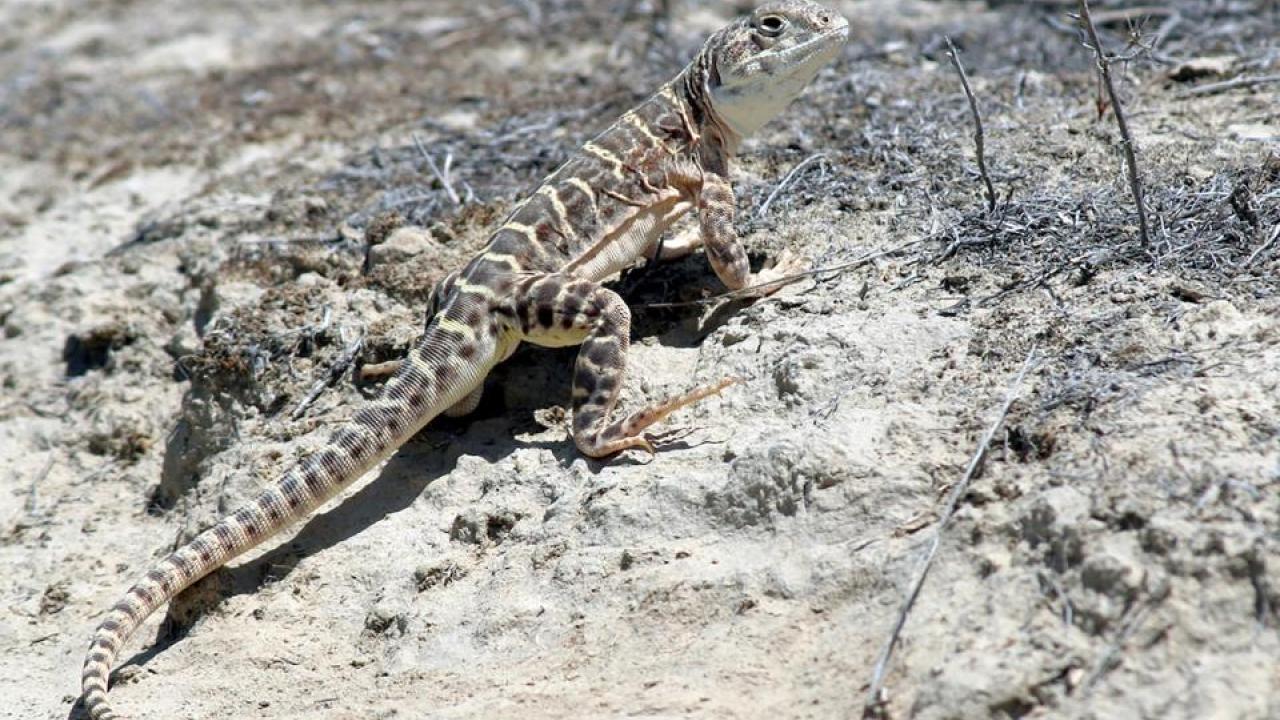
Detection Dogs and DNA on the Trail of Endangered Lizards
by Kat Kerlin, UC Davis News
Detection dogs trained to sniff out the scat of an endangered lizard in California’s San Joaquin Valley, combined with genetic species identification, could represent a new, noninvasive sampling technique for lizard conservation worldwide. That is according to a study published today from the University of California, Davis, in partnership with the nonprofit Working Dogs for Conservation, U.S. Geological Survey and the U.S. Bureau of Land Management.
Scientists have used trained conservation dogs to locate scat and collect DNA samples for everything from bears and foxes to gorillas and whales. But the technique had not been used for reptiles until this study, for which scientists developed a novel approach to identify the presence of the blunt-nosed leopard lizard in the Panoche Hills Recreation Area and Carrizo Plain National Monument, both managed by BLM.
They developed new methods to recover DNA from feces and genetically identify lizard species in the same area. The study, published in the Journal of Wildlife Management, is a proof of concept for a host of reptiles.
“So many reptilian species have been hit so hard,” said lead author Mark Statham, an associate researcher with the Mammalian Ecology and Conservation Unit of the UC Davis School of Veterinary Medicine. “A large proportion of them are endangered or threatened. This is a really valuable way for people to be able to survey them.”
